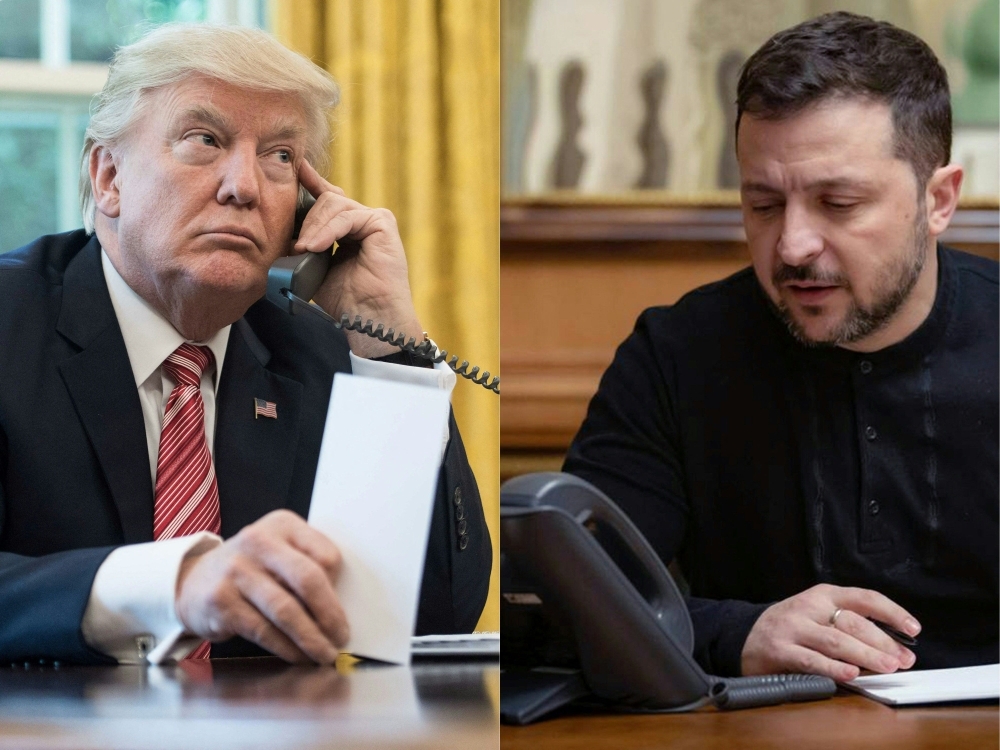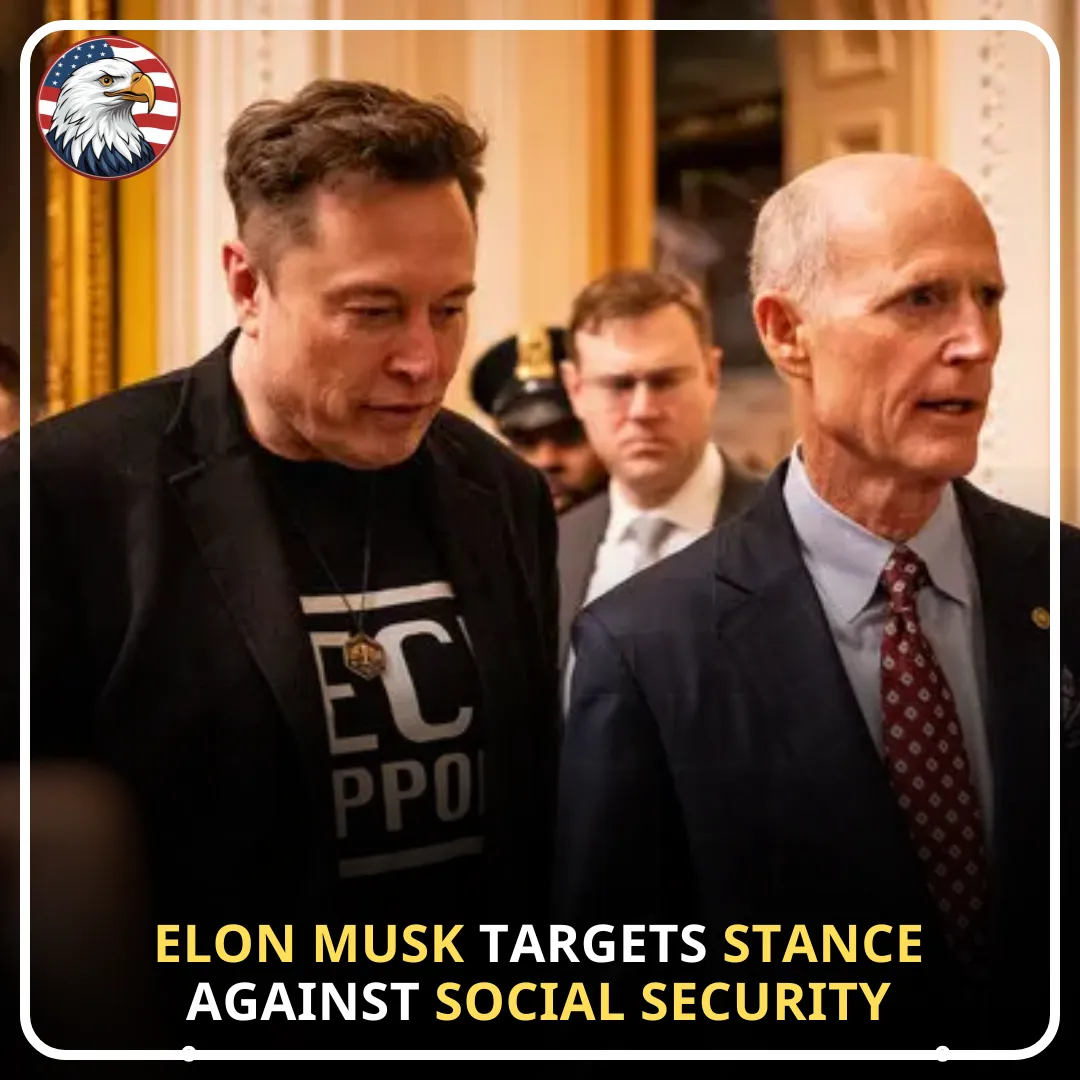
In a bold move amid the ongoing war in Ukraine, former U.S. President Donald Trump suggested a takeover of Ukrainian power plants as a means to protect the country's energy infrastructure. The proposal, aimed at preventing Russian attacks on critical energy facilities, was discussed during a recent phone call between Trump and Ukrainian President Volodymyr Zelensky.
This proposal has drawn significant attention, as it comes in the context of broader efforts to secure peace and end the war that has devastated much of Ukraine.
The U.S. takeover of Ukrainian power plants was presented as an essential step to safeguard the country's energy resources. According to a joint statement released by National Security Adviser Mike Waltz and Secretary of State Marco Rubio, Trump believes that "American ownership of those plants would be the best protection for that infrastructure and support for Ukrainian energy infrastructure."
The statement further highlighted that Trump’s team views U.S. involvement in operating these power plants as beneficial due to the country’s expertise in electricity and utility management.
Trump’s suggestion focuses particularly on nuclear power plants, a critical component of Ukraine's energy grid, especially the Zaporizhzhia Nuclear Power Plant, which has been under Russian control since the early days of the invasion. The Zaporizhzhia plant, located in southeastern Ukraine, is not only the largest nuclear power facility in Europe but also one of the most significant energy sources for Ukraine.
The fact that it is situated on the front lines of the conflict makes it a key target for Russian forces, further complicating Ukraine’s already dire situation.
The push for U.S. control over Ukraine’s nuclear plants seems to be tied to broader strategic objectives. Trump is reported to have linked the proposal to a potential deal involving Ukraine’s valuable mineral resources, which are critical for various high-tech industries, including electronics and defense manufacturing.
This minerals deal had been discussed between the two nations in previous talks, though it was shelved following a contentious meeting in the White House late last month.

According to reports, Trump sees control of the Zaporizhzhia plant as crucial for the U.S. to secure access to Ukraine's mineral wealth, which could be a form of repayment for American military support to Ukraine. The U.S. has provided significant assistance to Ukraine in the form of arms, training, and intelligence to help repel Russian advances.
In exchange, Trump’s proposal suggests that Ukraine could benefit from U.S. management of its energy infrastructure, which would not only protect key facilities but also bolster Ukraine’s ability to generate and distribute electricity.
However, the notion of the U.S. taking control of Ukraine’s nuclear power plants raises complex legal, political, and ethical questions. While Trump’s supporters argue that such a move could help stabilize Ukraine’s energy grid and prevent further Russian encroachments, critics see it as a potential overreach of U.S. influence in the region.
The idea of American ownership of Ukrainian infrastructure may also exacerbate tensions between the U.S. and Russia, potentially drawing the U.S. deeper into the conflict.
Despite these concerns, Zelensky did not directly address the specifics of the nuclear power plant proposal in a statement after the call. However, he did express his support for Trump’s broader push for a partial ceasefire, which would include provisions to protect Ukraine’s energy infrastructure.
Zelensky noted that both countries were committed to working closely together toward a resolution to the war. He emphasized that the U.S. and Ukraine must continue their partnership to bring about a "real end to the war and lasting peace."
The partial ceasefire that Trump is advocating would include a focus on halting attacks on critical infrastructure, particularly energy facilities, which have been the target of sustained Russian bombing campaigns throughout the war. The proposal calls for a temporary suspension of hostilities to allow for the repair and protection of these facilities, which are vital to Ukraine’s survival as a nation.

Trump’s call for a ceasefire follows recent discussions between him and Russian President Vladimir Putin, who spoke for nearly three hours on the topic of a potential truce. The length of the conversation underscores the complexity of the issue and the high stakes involved in reaching an agreement.
While the details of the talks between Trump and Putin remain confidential, it is clear that both leaders are keen to find a path to peace, albeit with differing priorities.
In response to the proposal, Zelensky reiterated his commitment to continuing close cooperation with the White House under President Trump’s leadership. He expressed optimism that a peaceful resolution to the war could be achieved in the near future, stressing that a lasting peace could be attained "this year" if both nations work together toward a common goal.
While Trump’s proposal regarding U.S. control of Ukrainian power plants is still in the early stages, it marks a significant shift in U.S. policy toward Ukraine. The idea of American intervention in Ukraine’s energy infrastructure has sparked debate among policymakers and international observers, raising questions about the long-term implications for both countries and their relationship with Russia.
The war in Ukraine, now in its second year, has had devastating effects on the country’s infrastructure, economy, and civilian population. Russia’s continued bombardment of critical infrastructure, including power plants, water supplies, and communication networks, has left millions of Ukrainians without essential services.
The push for a ceasefire and the protection of energy facilities represents a vital step toward alleviating some of the suffering caused by the conflict.
As the war continues to unfold, the question of how best to protect Ukraine’s sovereignty, energy resources, and infrastructure will remain a central issue. The involvement of the U.S. in this process, whether through military support, strategic proposals, or diplomatic efforts, will undoubtedly shape the future of the conflict and its resolution.

For now, the situation remains fluid, and the global community will be watching closely as the U.S. and Ukraine navigate the complex political and military landscape in pursuit of peace.
-1746673165-q80.webp)

-1746010714-q80.webp)
